Vannamei Shrimp Life Cycle: From Eggs to Adult Shrimp
It is important to understand the life cycle of vannamei shrimp larvae to provide them with appropriate treatment. By understanding the life cycle of vannamei shrimp, you can identify their needs and adjust their surroundings.
What are the stages of vannamei shrimp life cycle and how should the larvae be treated?
What is the Life Cycle of Vannamei Shrimp?
The life cycle of vannamei shrimp begins with spawning between male and female shrimp. Female shrimp that have reached maturity or have reached 7-8 months and have an orange color on their backs can become broodstock.
The female shrimp will release pheromones that stimulate male shrimp. After that, the mating process occurs. Later, the mating process between the male and female shrimp produces eggs which will be laid by the female shrimp.
About 4-5 hours later, female shrimp or now broodstock lay eggs. These eggs are pre-larvae which will later develop into cultivated vannamei shrimp.
Stages of shrimp life cycle:
1. Eggs
A broodstock is usually capable of delivering 500,000-1,000,000 eggs each time it lays eggs. These eggs are kept apart from their broodstock in a different pond.
It takes 12-16 hours for the eggs to eventually hatch into microscopic larvae (naupli).
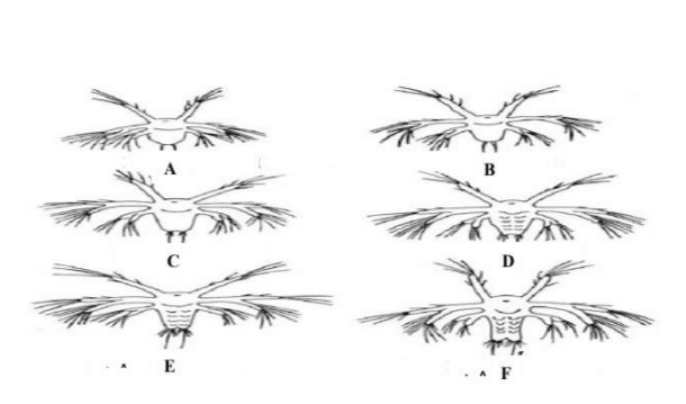
2. Naupli
Naupli or nauplius is the initial stage of development of vannamei shrimp larvae. At this stage, shrimp larvae at this stage have food reserves such as egg yolk stored in their bodies, hence they do not need artificial feed intake yet.
Throughout the Naupli stage, the larvae undergoes six changes of form, namely Nauplius I, Nauplius II, Nauplius III, Nauplius IV, Nauplius V, and Nauplius VI.
Naupli (Wyban and Sweeney, 1991 in Nuraini, 2021)
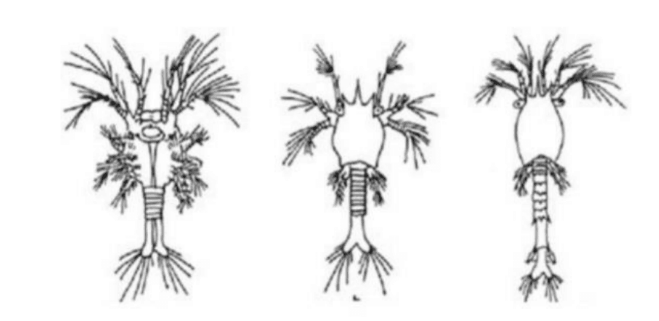
3. Zoea
Naupli will grow into zoea or 1.05–3.30 mm shrimp larvae. At this stage, zoea undergo three changes of form, namely Zoea I, Zoea II, and Zoea III, and can be fed natural feed. This stage lasts for 3-4 days.
Zoea (Wyban and Sweeney, 1991 in Nuraini, 2021)

4. Mysis
At the mysis stage, the larvae start to resemble shrimp because they have a fan-shaped tail. These larvae have the characteristic of moving backwards and bending their bodies (Azizah, 2018).
Similar to zoea, mysis will undergo three changes in form, namely Mysis I, Mysis II, and Mysis III.
Mysis (Wyban and Sweeney, 1991 in Nuraini, 2021)
5. Post Larvae
The count used at this stage uses days, for example if the post larvae are 1 day old, they are PL1. Apart from that, shrimp in the post-larvae stage have started to actively move around.
Post larvae are usually raised until PL11-PL12. At this stage, the post-larvae is known as shrimp fry which are resistant to rearing conditions and are ready to be stocked in ponds.
Post Larvae (Wyban and Sweeney, 1991 in Nuraini, 2021)
6. Juvenile
Juvenile is the next stage of the shrimp life cycle following post larvae. At this stage, the shape of the shrimp already resembles adult shrimp.
However, this stage is considered a vulnerable period in the shrimp life cycle because shrimp require a habitat with the right amount of feed and environmental conditions (Putri, Nitisupardjo, & Hendrarto, 2014). At this stage, the shrimp are transported from the hatchery to the farm for cultivation.
7. Young Shrimp
After 80-90 days from the juvenile stage, the shrimp will grow to be young shrimp. Its weight depends on the cultivation system in the farm, ranging from extensive to supra-intensive.
8. Adult Shrimp
About 25-30 days later, the young shrimp grow to be adult shrimp, and this is the final stage of the shrimp life cycle.
Shrimp can be said to be adult starting 4 months after the juvenile phase. In this stage, the shrimp are ready to be harvested because they already reach enough economic value.
Tips for Rearing Shrimp Larvae
Vannamei shrimp larvae require the proper treatment during their life cycle to ensure the best potential growth into shrimp. Here are some measures that need to be taken to rear vannamei shrimp larvae:
1. Maintain Water Quality
Water is a crucial factor since it is the habitat where shrimp larvae grow. Therefore, make sure that the water quality parameters in the rearing pond, such as pH, temperature, salinity, and dissolved oxygen are in ideal conditions.
It is best to measure water quality parameters every day and record developments over time. These records can provide insights to help you take action in cultivation.
2. Manage Feed Properly
During the rearing period, shrimp larvae consume natural feed such as phytoplankton and zooplankton, especially since the zoea stage. However, if necessary, the hatchery will also provide artificial feed ba
sed on the nutritional needs of each larvae stage.
Shrimp larvae are fed 4-6 times a day in the hatchery. As the age of the shrimp larvae adds, the size of the feed and the dose given will increase. This is because the nutritional needs of shrimp larvae are increasing.
3. Prevent Diseases
Shrimp disease must also be paid attention to during the rearing period. Zoea Syndrome is one disease that often attacks shrimp larvae and is characterized by the larvae's unwillingness to eat since the Zoea I stage.
To prevent the spread of disease, it is best to separate the spawning tanks from the larvae rearing tanks. Additionally, maintain the sterility of the rearing area by, for example, making sure the person that helps with spawning them has received disinfection.
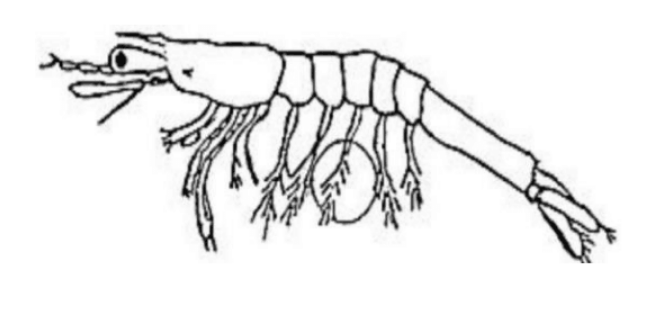
Conclusion
The vannamei shrimp life cycle consists of 8 stages, namely
Eggs
Naupli
Zoea
Mysis
Post Larvae
Juvenile
Young Shrimp
Adult Shrimp
Once you understand the life cycle, make sure the hatchery where you get your shrimp fry implements the proper measures for rearing vannamei shrimp larvae. An SPF or SPR certificate is also required to minimize the risk of disease attacks and iprove the quality of the shrimp itself at harvest.
The next important thing is recording the daily conditions of cultivation. In addition to the development of the shrimp fry, other variables such as feed, disease, and water quality measures should also be recorded.
Cre: jala.tech
Aqua Mina's distributor in Japan: REX INDUSTRIES CO., LTD
- Address: 1-9-3 Hishiya-Higashi, Higashi-Osaka 578-0948 JAPAN
- Email: kimakubo@rexind.co.jp
- Phone: +81-(0)72-961-9893
- Website: http://www.rexind.co.jp/e/
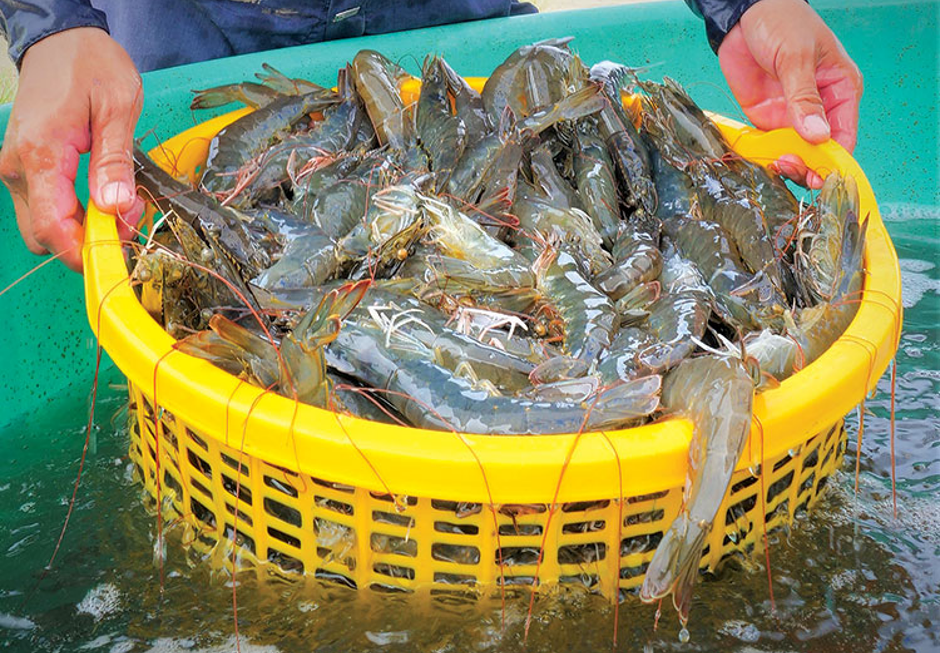
WE WORK FOR YOUR SUCCESS!
Ngày đăng : 31/03/2025
1965 View
Other Articles
Portuguese food group acquires 18% stake in cod farming company Norcod
Indonesia implements radioactive-free shrimp certification for exports to the United States
India is world’s second-largest shrimp producer. That is now under threat
Ca Mau’s shrimp industry moves towards “green” growth
Floods devastate aquaculture, processing operations in Vietnam
Ecuador Leads Global Shrimp Exports, Surpassing USD 7 Billion in 2025
India's marine product exports rise 16% as new markets offset US dip
Skretting presents the first shrimp feed with insect meal in Vietnam
Sharing: EU increases shrimp imports in the first 9 months of the year
Gideon De Oro opens high tech Cebu shrimp plant, to revive exports
White-leg shrimp facing WSSV: When density and environment fluctuate together








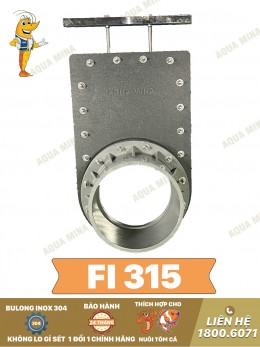
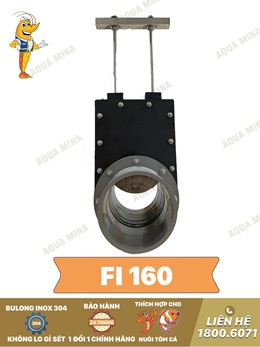
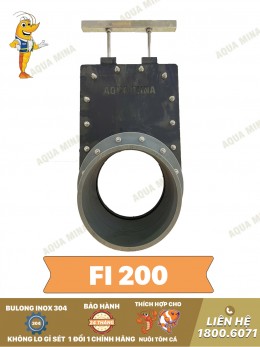
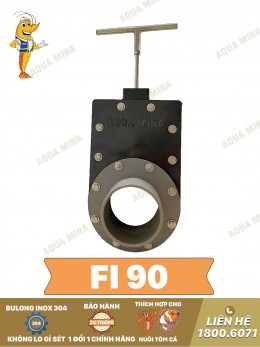
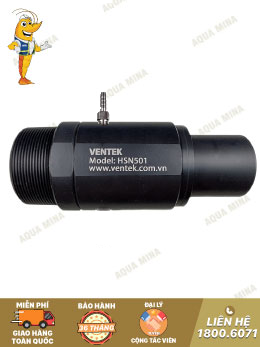
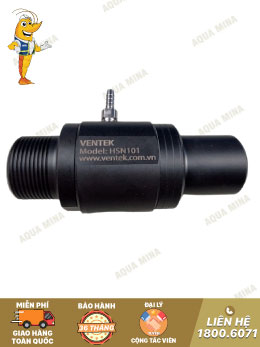

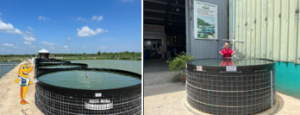
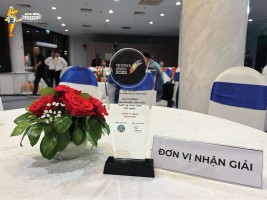
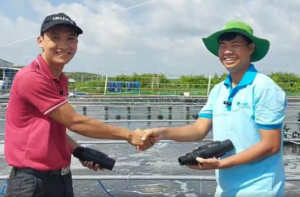
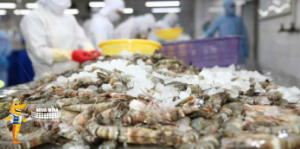
.jpg)